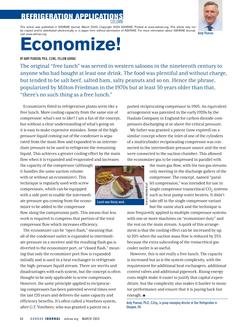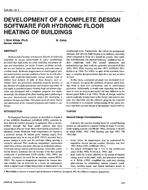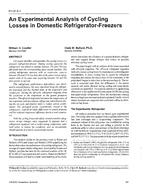Moisture is a key determinant when assessing durability and sustainability of buildings and health and comfort of building occupants. The correct design or remediation of built structures thus requires reliable estimation of moisture transfer in porous building materials. A primary concept in any description of porous media moisture transfer is the moisture retention curve. It
is generally accepted that process dynamics do not influence such capillary pressure/moisture content relations.
The experimental evidence shown in this paper contradicts that assumption, however: simultaneous measurement of local moisture contents and relative humidities during the drying of calcium silicate insulation and aerated autoclaved concrete yields dynamic moisture retention curves deviating from their static counterparts. The measurements moreover show a quick initial drop in local relative humidities, which cannot be reproduced by standard static simulation of the drying process. The simulations result in a similar quick initial drop only if dynamic effects are accounted for.
The further impacts of these findings are large: neglecting the dynamic effects during material property calibration may lead to flawed storage and transport properties, while neglecting dynamic effects in common simulation of moisture transfer may lead to erroneous assessments.
Citation: Thermal Performance, International Conference, 2010
Product Details
- Published:
- 2010
- File Size:
- 1 file , 2.9 MB
- Product Code(s):
- D-BuildingsXI-11


